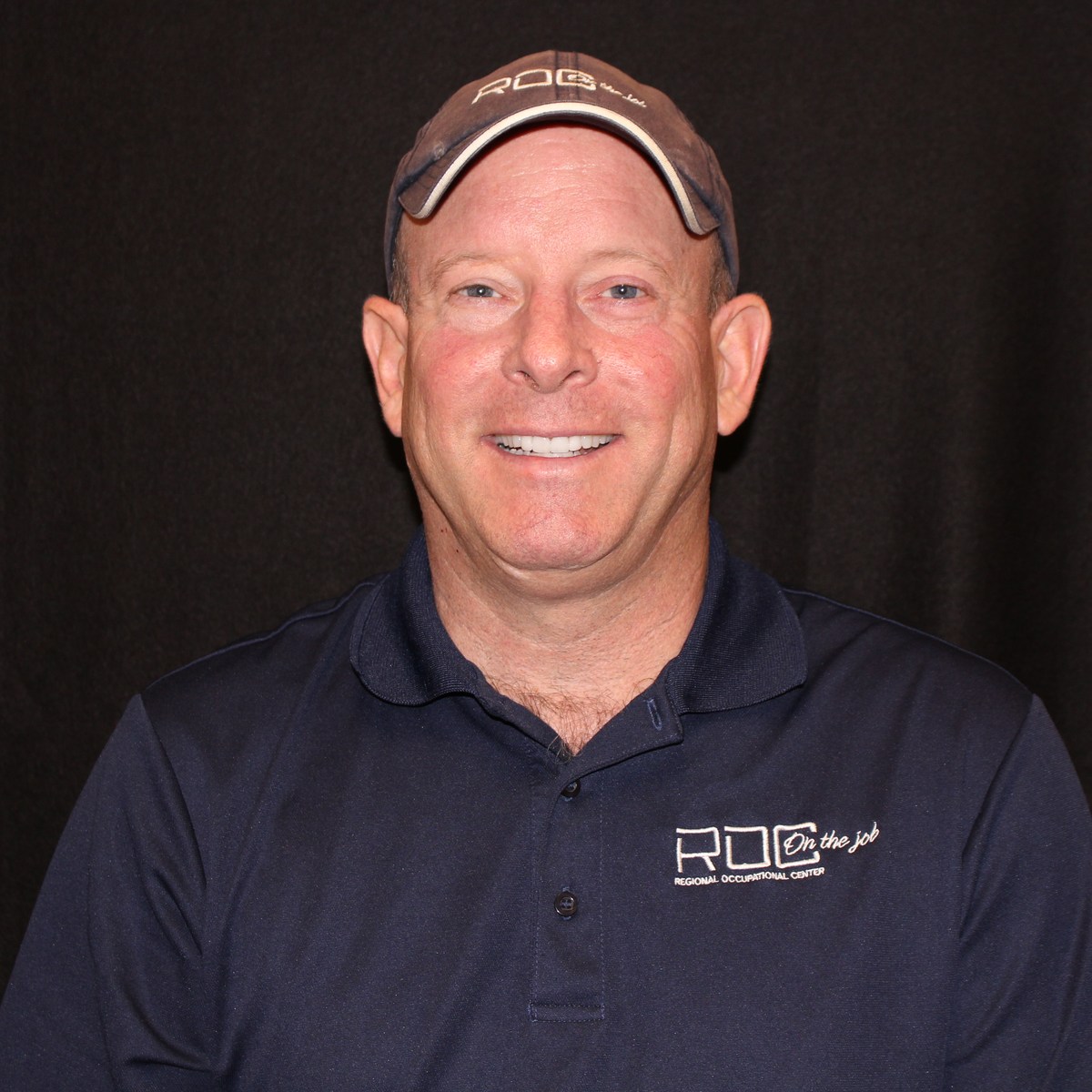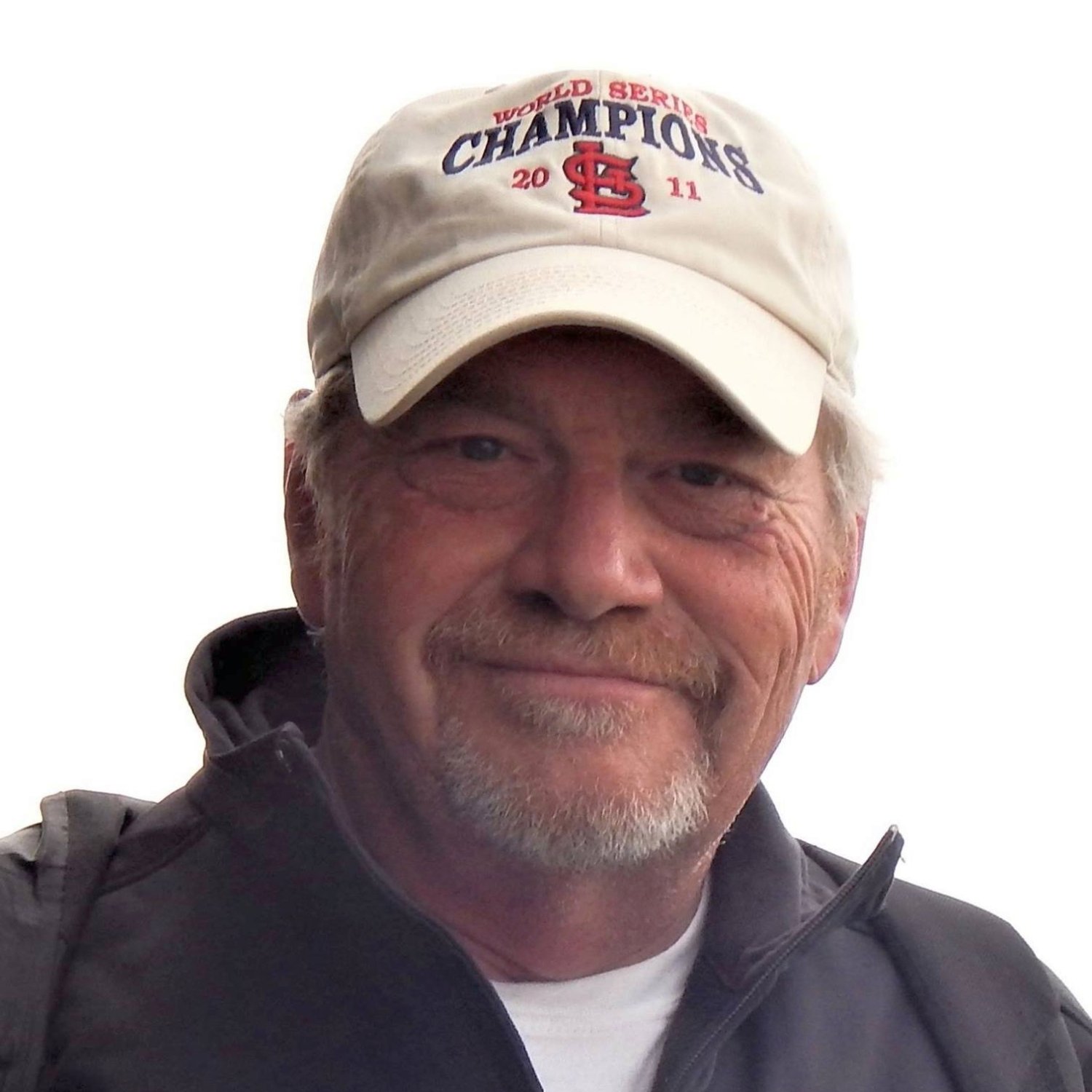Pacific Racing Association Art Pollard Tribute
Art Pollard Remembered
PRA Info Courtesy Bob Pollard
Art Lee Pollard was born on May 5, 1927 in Dragon Utah. His early years were spent with his family in Delano and Los Angeles, California before he moved with his family to Roseburg. He graduated from Roseburg High School in 1945.
After graduation Art did a stint in the U.S. Navy and returned to Roseburg afterward. His first experience in competitive racing was in a hydroplane. In the early fifties the Pacific Racing Association was involved in racing in micro midgets indoors during winter months in one of the livestock buildings at the Douglas county fairgrounds. Art joined the PRA at this time and became a very successful micro midget racer.
In 1956 while he was employed as a mechanic at Roseburg Motors (where Clint Newell Motors is now located) he became interested in a 1932 Ford “hardtop” that was owned by Bob Book who was employed at the time by Ray Buckley Motors which was located next door (where Doulas Inn is presently located). Art and Bob developed a friendship that led to Art driving the car at the old Roseburg Speedway. Art didn’t really set the racing world on fire that first season but at the end of his sophomore season he was established as the PRA track champion. Actually Jim Standley had the best record that season but a couple of engine failures at the end of the season allowed Art to collect enough points to win the championship. The car was a 1933 six cylinder Chevy “hardtop” that was jointly owned by Book and Ollie Fosback who had just become partners in the operation of a gasoline service station at the corner of Garden Valley boulevard and Walnut (where New Visions Eyewear is presently located).
The following year Ken Glass of Ken’s 1-Hour Martinizing replaced Fosback on the ownership team and it was to be this partnership of Pollard and Glass that would make auto racing history.
Dates and facts are hazy during this period but generally speaking these events happened. Because the membership of the PRA couldn’t agree on rules, the decline in the general economy of the area and other mitigating circumstances the old Roseburg Speedway closed down for atleast one season. During this period of time Book, Glass and Pollard raced mostly in Portland with some appearances in Eugene, Ashland, and Coos Bay. Art enjoyed reasonable success during this period of time but it wasn’t until 1958 that things really began to fall in place for him.
In 1958 Pollard, Glass and Dude Rose joined forces to purchase a super modified that had been built in Portland by Rolla Volstedt for Ernie Koch. The trio made a $400 down payment and financed the balance of $1,300. purchase price through a local bank. Because the car weighed only 1,780 pounds the trio were convinced that it had the potential to be the best car on the west coast. The bulk of the local racing community did not share their enthusiasm for the idea of spending so much money on a race car. How times have changed.
By this time, Art’s support group included not only Glass and Rose but Bob Green, Don Caskey and Tony Kovack as well. During 1958, ’59, ’60 and ’61 Art and this crew dominated super modified racing here on the west coast like nobody had before or since. At major events at places like Portland, Oregon, Monroe, Tacoma and Spokane Washington, Boise Idaho, Salt Lake City, Utah, Anderson, Sacramento, San Jose, and Fresno, California Pollard absolutely destroyed the competition.
In 1961, the year Art won one of his favorite races, The Western States Championship in Fresno Ca. Art and his crew started 28 main events and won an astonishing 22 of them. They had one second place finish and failed to finish the rest for a variety of mechanical reasons. An amazing accomplishment.
Sadly this was to be the end of the good times for Pollard and his crew as far as super modified racing was concerned. Art moved south to Medford with his family to take a job as shop foreman for the local GM dealership. The crew was now in two different locations, the competition was catching up and it was becoming more and more difficult for him to find the time and money to be competitive. During the 1963 season he sold the the famous #1 car and drove one car for Eugene’s Bob Cochran and another for Levy Jones from Pallyup, Washington but it just wasn’t the same.
In 1965 at the age of 39 Art got the call to join the show on the Championship circuit which included the Indianapolis 500. Once again it was Portland’s Rolla Vollstedt who provided the car. This period of time was the beginning of the rear engine revolution and Vollstedt had prepared a rear engine Offenhauser for the famous 500 mile race. Art made the field with a qualifying time of 157.985 mph but was bumped from the race on the final day of qualifications. His time turned out to be 35th fastest. He qualified for seven USAC races that summer with the best finish being fourth at the Milwaukee 100, an event he would later win. During the last half of that season he drove a car for Jim Rathman that was jointly owned by two of the original Mercury Seven astronauts Gordon Cooper and Gus Grissom. He finished his rookie season in twenty-third place in National Championship points.
The following year, 25 days after his 40th birthday, Art started his first Indy 500 race. His qualifying time of 163.867 mph in a turbocharged Offenhauser put him in 13th position on the starting grid. He was running fourth place at the midway point in the race when he spun out which required a push to restart the engine which cost him a penalty lap that ultimately dropped him to an eighth place finish.
The year that catapulted Art to fame and fortune was 1968 when he qualified one of the STP-turbocars for the 11th place starting position at “the brickyard”. With only a few laps left in the race he was running in fourth place and closing on Mel Kenyon and Dan Gurney who were running in second and third, when a tiny fuel pump drive shaft broke and forced him out of the race. At the Milwaukee 200 that same year he qualified for the pole position at a record speed of 119.245 mph. He lead the race for the first 135 miles until his brakes failed. Mechanical problems plagued him for that entire season. He and Mario Andretti both shared a new track record at Phoenix and Art held the lead in the race for the first 45 laps before a universal joint broke.
He drove for Andy Granatelli’s STP team again in 1969 but with a conventional V8 engine this time. During the 1970 season he became involved with the ill-fated Art Pollard Car Wash Systems. In ’71 he drove for Gilmore broadcasting then returned to the STP team in 1972. Art was in a car owned by Jim Fletcher from Phoenix in 1973. On May 12th, the first day of qualifications for auto racing’s premiere event, the Indianapolis 500, the track was opened at 9:00 a.m. for 90 minutes of practice prior to actual qualifications which were set to start at 11:00 a.m. At age 46 he was about to try to make the field for his sixth Indy start. Only 36 minutes after the track officially opened Art was on the track looking for enough speed to make the show. He had just completed a lap at 191.400 mph when suddenly he lost control of the car in the Southeast turn and smashed into the outside retaining wall. An instant later the car spun into the infield and began a sickening series of roll-overs as it burst into flames. When it stopped emergency crews were there in an instant and got him quickly to the infield hospital where a doctor determined that his injuries were due mainly to flame inhalation. Later at Methodist Hospital, in Indianapolis, where he was pronounced dead, it was reported that in addition to the severe burns he had also broken his neck.
Mostly because he was 40 years old before he raced at Indy he was regarded as the “old man” on the USAC circuit. One of his most amazing qualities, however, was how youthful he was in both thought and spirit. Because he was relatively young when he was killed he never really did get old and it’s interesting to look through the photo history of his racing career at how little he really did age from the time he started racing until his death.
Perhaps his most admirable quality was his ability to take a moment of his time and make everybody he talked with feel important. He really was an extraordinary individual blessed with many rare qualities and talents. His reflexes, coordination and courage were probably God given but he was a kind and decent guy because thats the kind of guy he wanted to be. He seldom, if ever, used profanity, he almost never got angry and he was cool under pressure.
Art Pollard was a credit to the sport of auto racing, everybody who lives here in Roseburg and particularly the membership of the Pacific Racing Association. He is our most famous son andwhether you were priviledged to know him or not you can take pride in the fact that Art was one of us.
Our promise to Claudine, Mike and Judy, who all knew him best, is as long as there is a Pacific Racing Asociation, Art Pollard will never be forgotten, both for the kind of guy he was and for his contributions to the sport we all love so much.
– Pacific Racing Association
The Carpenters were one of Art’s favorite groups in the modern era. The Carpenters – Rainy Days And Mondays




